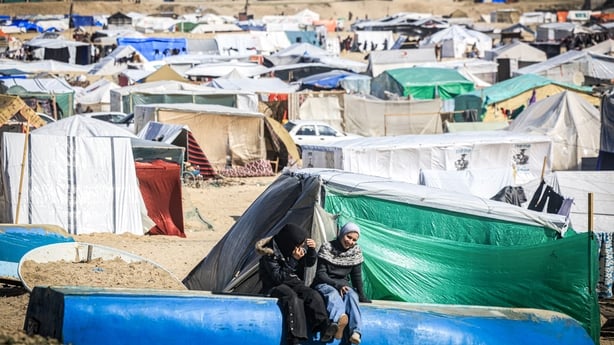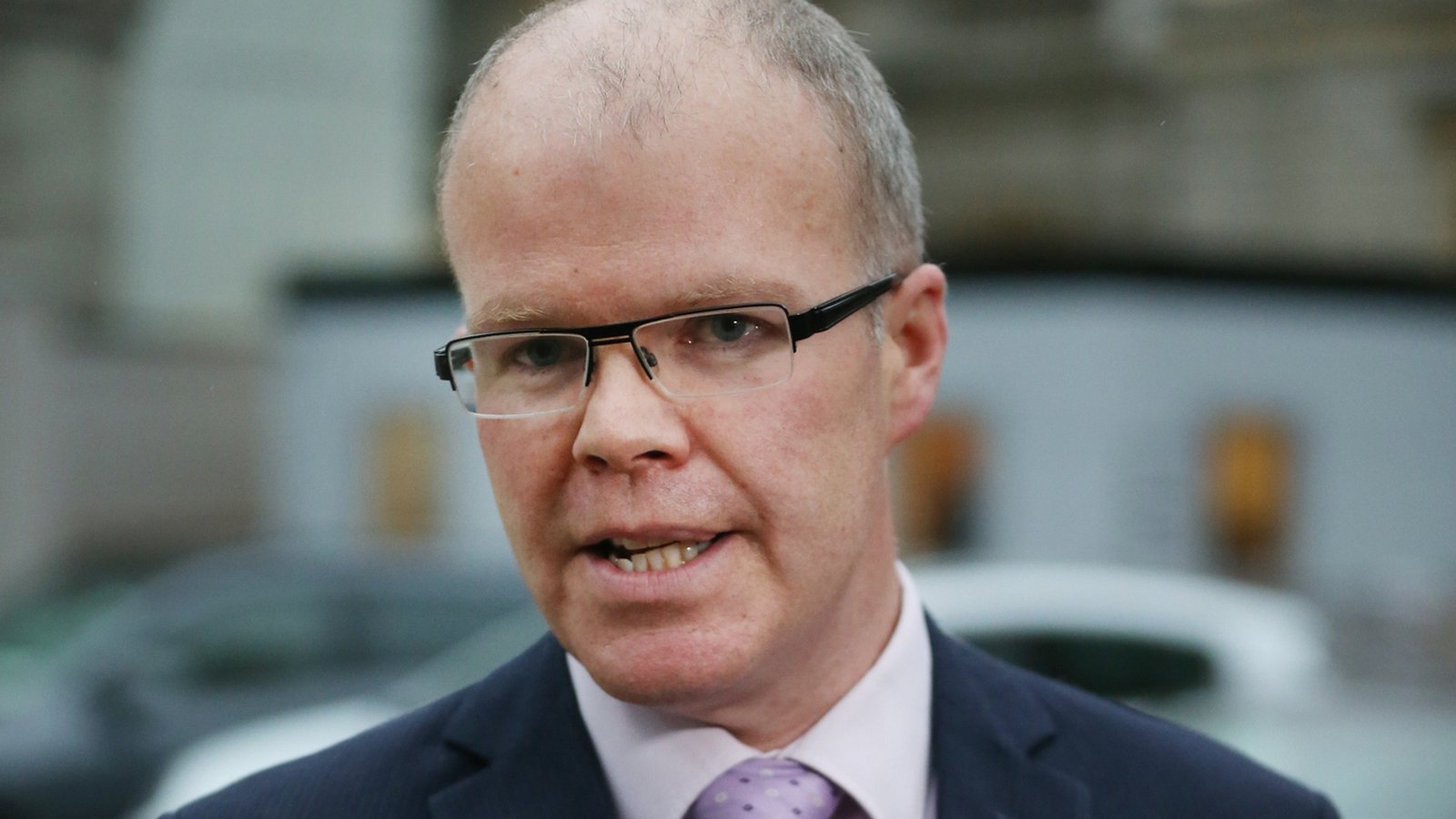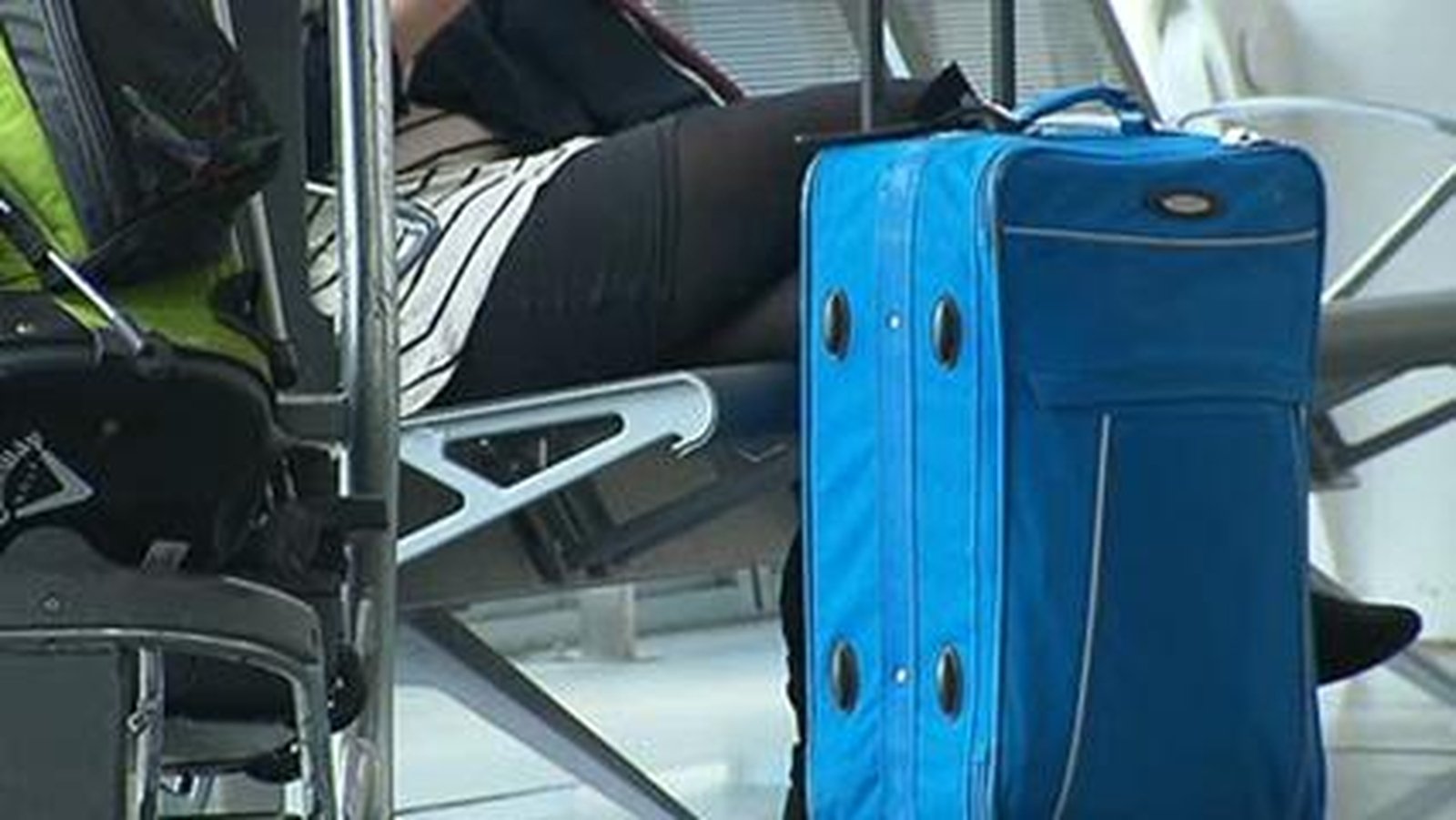Israel turns focus to Rafah as Hamas considers truce plan

Israel prepared to advance its war on Gaza farther south, close to the Egyptian border, after claiming to have dismantled Hamas in Khan Younis.
It comes as diplomatic efforts in pursuit of a ceasefire accelerated.
Israeli Defence Minister Yoav Gallant said that success in the fight against the Palestinian militants in Khan Younis, where Israel launched a major ground attack last week, meant its forces could advance to Rafah on the enclave’s southern border.
More than half of Gaza’s 2.3 million people are sheltering in this area, mainly cold and hungry in makeshift tents and public buildings.
“We are achieving our missions in Khan Younis, and we will also reach Rafah and eliminate terror elements that threaten us,” Mr Gallant said in a statement.
At the same time, Qatari and Egyptian mediators hoped for a positive response from Hamas, which runs Gaza, to the first concrete proposal for an extended halt to fighting, agreed with Israel and the US at talks in Paris last week.
A Palestinian official close to the negotiations said the text envisages a first phase of 40 days, during which fighting would cease while Hamas freed remaining civilians among the more than 100 hostages it still holds. Further phases would see the handover of Israeli soldiers and bodies of dead hostages.
Such a long pause would be a first since 7 October, when Hamas fighters attacked Israel, killing 1,200 people and capturing 253 hostages, precipitating an Israeli offensive that has laid waste to much of Gaza.
Health officials in the enclave said the confirmed Palestinian death toll had risen above 27,000, with thousands more dead still lying under the rubble.

No response from Hamas yet to proposal
A Palestinian official said Hamas was unlikely to reject the proposal outright, but would demand guarantees that fighting would not resume, something Israel has not agreed to.
There was brief elation in Gaza after remarks by a Qatari spokesman at Johns Hopkins University in Washington sparked ceasefire hopes, and a drop in the price of crude oil.
However Qatari officials in the capital Doha and Taher Al-Nono, media adviser to Hamas chief Ismail Haniyeh, said the group had not responded yet.
Gaza residents said Israeli forces pounded areas around hospitals in Khan Younis, and stepped up attacks close to Rafah. Combat has also surged in recent days in northern areas around Gaza City that Israel claimed to have subdued weeks ago.
Appeals to Israel from its main ally, the United States, show little sign of having succeeded in easing the plight of Gaza’s civilians.
The US government is stepping up indirect pressure, however.
President Joe Biden issued an executive order that aims to punish Jewish settlers who attack Palestinians in the occupied West Bank in a surge of violence triggered by the war in Gaza.
Mr Biden is also under pressure to respond to the killing of three US soldiers by a drone in Jordan last week, the first US deaths in an escalation of violence across the Middle East since Israel’s war in Gaza began in October.
The United States, which has said it does not want to ignite a wider war, believes the drone, which also wounded more than 40 people, was made by Iran, US officials said.
CBS News reported that targets for US strikes in Iraq and Syria in response to the killings include “Iranian personnel and facilities”, citing US officials.
The US is continuing its strikes with allies against the Iran-aligned Houthi movement in Yemen, which has attacked shipping in the Red Sea in what it says is solidarity with Gaza.
The US military said it had hit up to ten drones in Yemen being prepared for launch, while a US Navy ship downed three Iranian-made drones and a Houthi anti-ship missiles.





